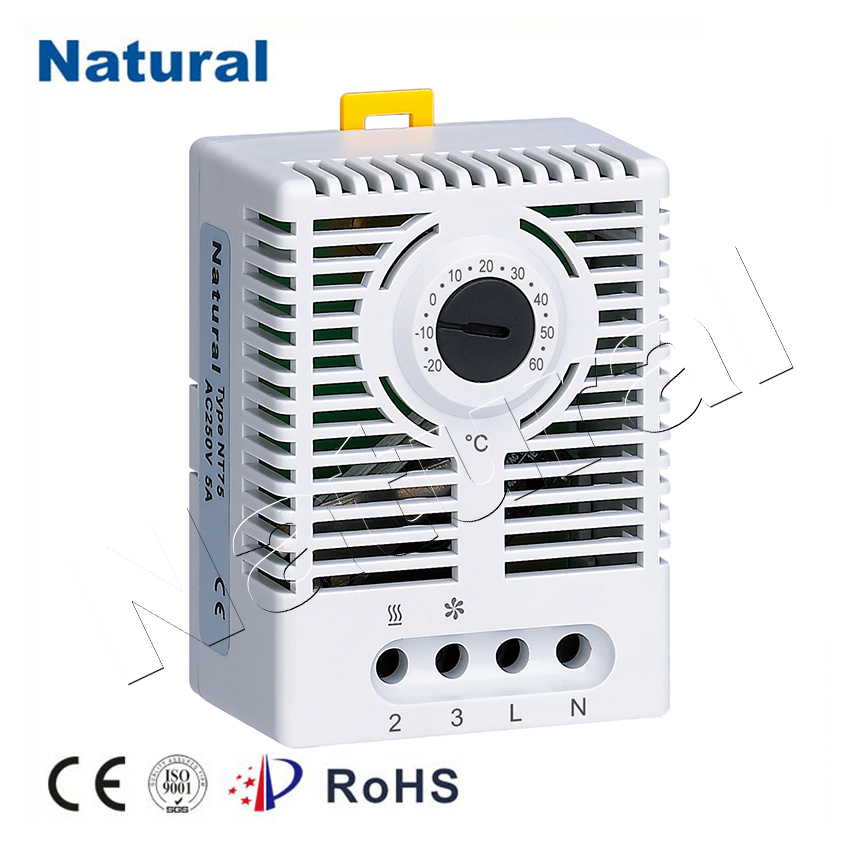Thermal protection devices play a crucial role in safeguarding electrical appliances and machinery from overheating and potential hazards. Among these devices, normally open and normally closed thermostat thermal protectors are key components that help maintain safe operating temperatures. In this article, we will delve into the functions and differences between these two types of thermal protectors.

Introduction to Thermal Protectors:Thermal protectors are essential safety devices used to prevent excessive temperature rise in various electronic devices, appliances, and industrial equipment. They are designed to interrupt the current flow when the temperature reaches a critical threshold, ensuring the safety of the device and its surroundings. Normally Open Thermostat Thermal Protectors:A normally open (NO) thermostat thermal protector is a type of thermal switch that remains open circuit in its normal state. When the temperature rises to a predetermined level, the bimetallic strip inside the protector undergoes a thermal expansion, causing it to bend and close the electrical circuit. This closure can be used to trigger an alarm, shut down a system, or activate a cooling mechanism. Common applications of NO thermostat thermal protectors include household appliances like irons, hair dryers, and coffee makers. Normally Closed Thermostat Thermal Protectors:In contrast, a normally closed (NC) thermostat thermal protector is in the closed circuit state under normal operating conditions. The bimetallic strip is designed to bend and open the circuit when the temperature crosses a specific threshold. This action is aimed at preventing the device from overheating and causing potential damage or hazards. NC thermostat thermal protectors are commonly found in applications such as motors, transformers, and power tools. Distinguishing Features:The primary distinction between NO and NC thermostat thermal protectors lies in their default states. NO protectors start with an open circuit and close it when the temperature exceeds the limit, while NC protectors begin with a closed circuit and open it when the temperature becomes excessive. Importance of Proper Selection:Choosing the appropriate type of thermal protector for a given application is vital to ensure efficient and safe operation. Factors such as the required temperature threshold, response time, and environmental conditions must be considered. An incorrectly chosen thermal protector can lead to inadequate protection or unnecessary shutdowns, impacting the overall reliability of the system. Conclusion:In conclusion, normally open and normally closed thermostat thermal protectors are indispensable components that play a critical role in preventing overheating and ensuring the safety of electronic devices, appliances, and industrial equipment. Understanding the differences between these two types of thermal protectors enables engineers, manufacturers, and users to make informed decisions when designing, selecting, and operating various systems. Properly integrated thermal protection not only extends the lifespan of devices but also contributes to maintaining a secure environment.